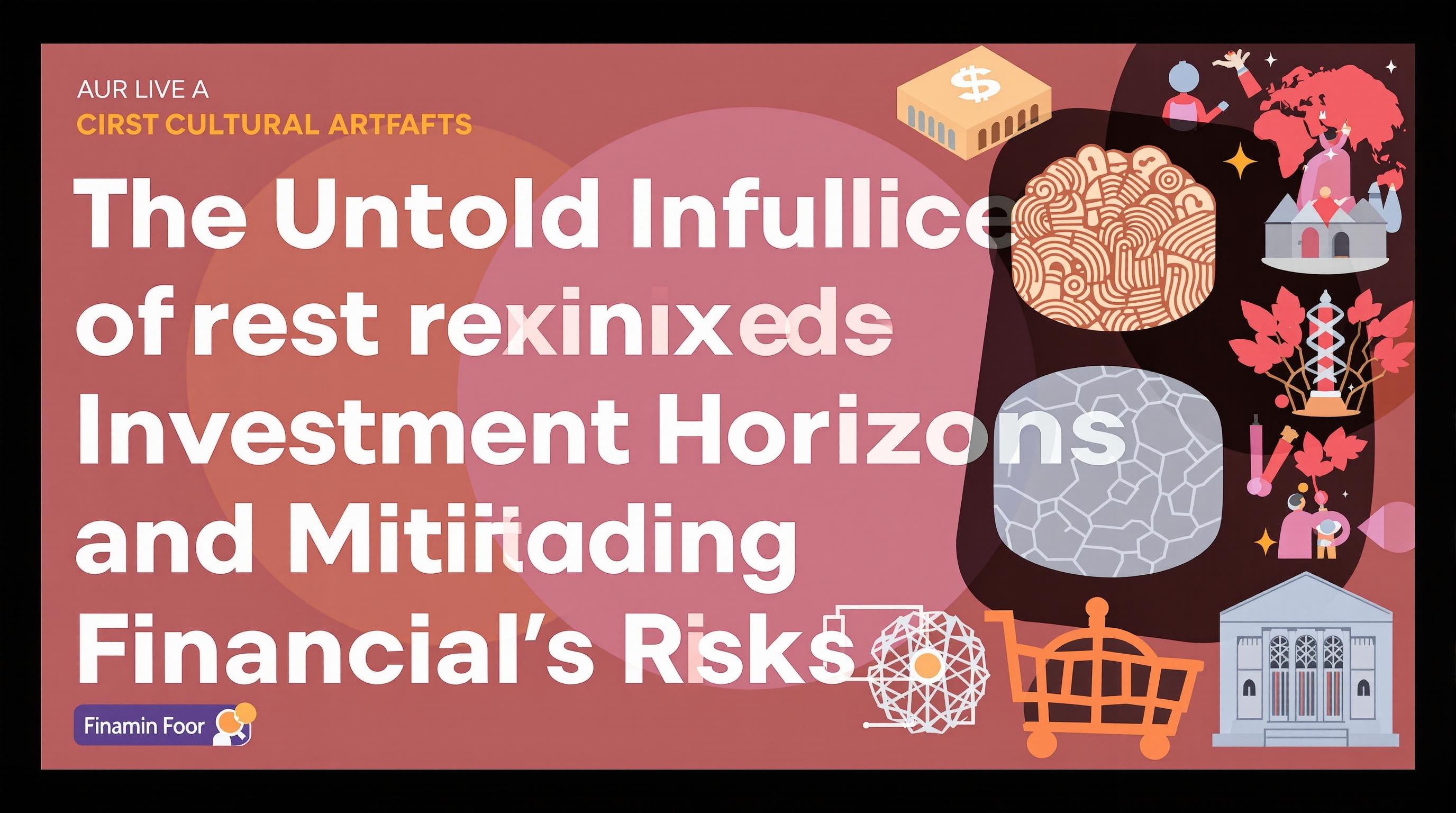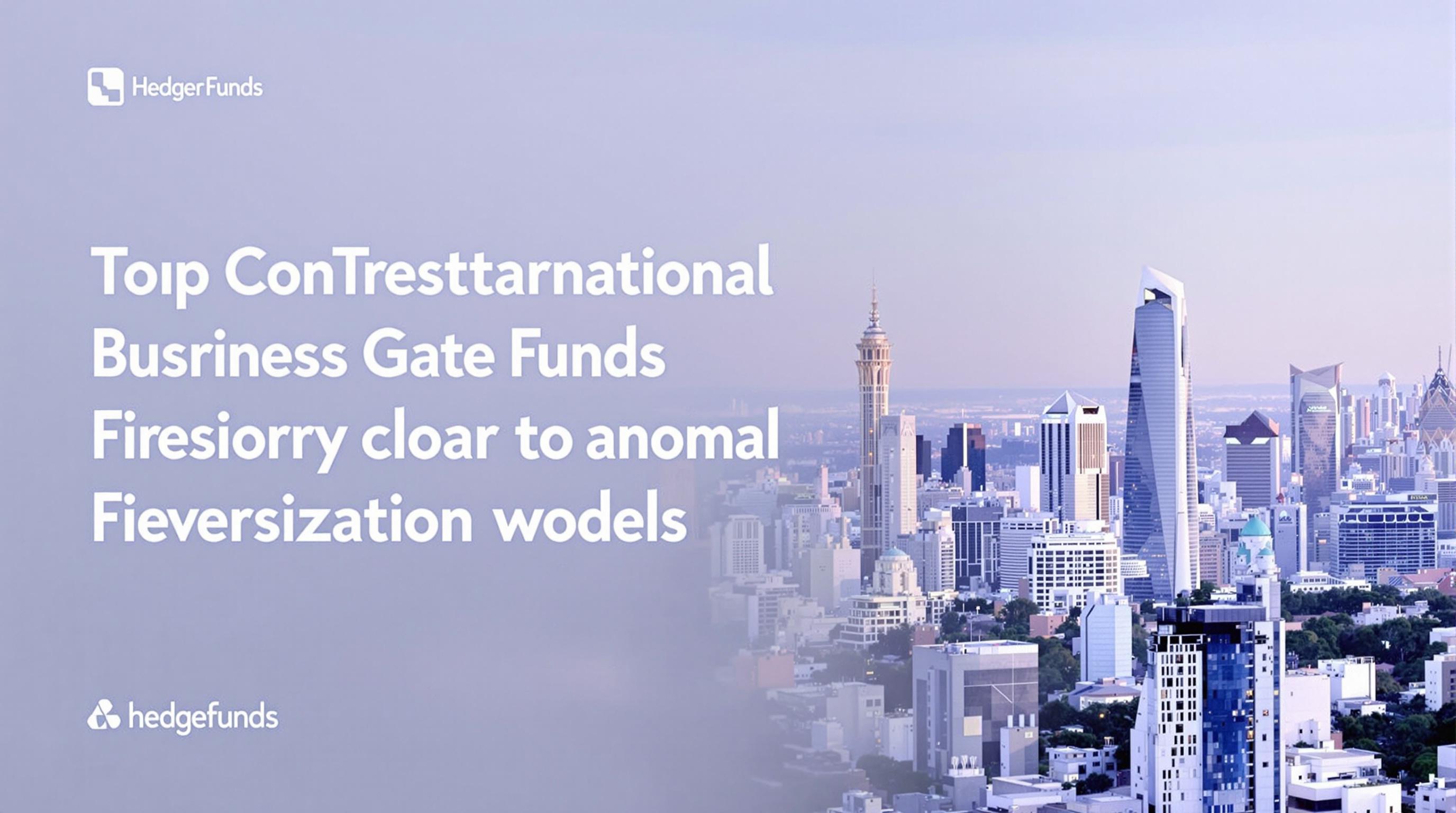Related Articles
- Top 6 Quantitative Hedge Funds Launched Since 2019 That Challenge Traditional Diversification Models
- Top 8 Cutting-Edge Retirement Income Vehicles From the Last Five Years Revolutionizing Financial Freedom
- Uncovering the Role of Behavioral Biases in Roth Conversion Decisions and Their Impact on Long-Term Wealth
- Top 6 Revolutionary Dividend Reinvestment Platforms Launched Since 2019 Redefining Passive Income Growth
- Top 7 Breakthrough Retirement Income Platforms Launched in the Last Five Years Compared and Ranked
- The Untold Influence of Cultural Artifacts on Expanding Investment Horizons and Mitigating Financial Risks
The Untold Influence of Cultural Artifacts on Expanding Investment Horizons and Mitigating Financial Risks
The Untold Influence of Cultural Artifacts on Expanding Investment Horizons and Mitigating Financial Risks
Exploring cultural artifacts as alternative investment options unravels new strategies to diversify portfolios and soften financial shocks. This article delves into how art, antiques, and cultural items expand investment horizons and serve as unexpected hedges against market volatility.
A Journey Through Time: The Allure of Cultural Artifacts in Investment
Hi there! I'm Rebecca, a 34-year-old financial analyst with a quirky passion for history and collectibles. Imagine owning a piece of history—not just for its beauty or cultural significance but for how it adds a unique layer of security to your financial portfolio. Cultural artifacts are not just museum exhibits; they are dynamic assets that offer both aesthetic and economic value. Whether it’s a rare painting, a vintage comic book, or ancient pottery, these items can hold their value through turbulent economic times because they are less correlated with traditional assets like stocks and bonds.
Did you know that the global art market alone was valued at nearly $65 billion in 2022? (Art Basel & UBS Global Art Market Report, 2023). As more investors seek diversification beyond financial instruments, cultural artifacts rise in prominence, often revealing resilience during market downturns—making them compelling alternatives to traditional investment vehicles.
Risk Diversification: More Than Just Wall Street Lingo
Let’s be honest: the stock market can feel like a rollercoaster designed by a prankster. That’s why diversifying across different asset classes is crucial. Cultural artifacts behave differently from stocks and real estate, offering benefits like low correlation with market fluctuations and sometimes even appreciating when markets falter.
For instance, during the 2008 financial crisis, while the S&P 500 plunged roughly 37%, fine art prices showed a milder decline and, in some segments, even recovered quickly afterward (Citi Global Wealth Reports, 2009). That’s a shot of adrenaline for anyone tired of watching their portfolio dip every time Wall Street sneezes.
Case Study: The Renaissance Painting That Weathered Economic Storms
Consider the story of a Renaissance painting purchased at a modest price in the 1980s. Over four decades, not only did its market value multiply exponentially—outperforming gold and many equities at times of economic uncertainty—but it also provided the owner with a tangible, enchanting asset that transcended mere numbers. The irreplaceable nature of such cultural artifacts imbues them with lasting value.
“Art isn’t just about aesthetics; it’s about legacy,”
remarks Eleanor Smith, a veteran art investment advisor. She emphasizes that cultural investments often carry emotional and historical weight, which traditional stocks lack.
Breaking Stereotypes: Cultural Assets Aren’t Just for the Wealthy Elite
Contrary to popular belief, investing in cultural artifacts isn't reserved for billionaires lounging in marble hallways. Thanks to fractional ownership platforms and art investment funds, millennials and Gen Z investors can get onboard with cultural investing without risking their entire savings.
Take Masterworks – an online platform enabling investors to purchase shares in valuable artworks. This democratization of cultural investment is reshaping how younger demographics diversify their portfolios, blending their passion for culture with savvy finance.
The Tangible vs. The Intangible
One interesting facet is that cultural artifacts provide a tactile connection absent in traditional investing. Unlike a digital stock certificate or a line of code behind cryptocurrencies, owning a cultural piece means you can physically see and touch your investment. This emotional satisfaction marries well with financial benefits, making it a compelling proposition for many.
Financial Guru’s Take: “It’s the Old Meets New”
Financial expert Dr. Raj Patel notes, “Incorporating cultural artifacts into your portfolio is a brilliant way to combine time-tested value with modern diversification principles. It’s like adding a vintage car to your garage alongside your electric vehicles.”
Challenges and Considerations: The Other Side of the Coin
Of course, investing in cultural artifacts isn’t all rosy. Liquidity can be an issue; selling a rare antique isn’t as quick as trading shares. Authenticity also matters—a genuine artifact requires expert validation to avoid counterfeit risks, which have unfortunately become more prevalent.
Moreover, market transparency is limited compared to regulated exchanges. Prices are often subjective, influenced by trends, provenance, and expert opinions.
Statistics Speak: The Art Market’s Liquidity Puzzle
A study by the Art Market Report (2021) revealed that approximately 30% of art sales are private deals, which can complicate price discovery and cause discrepancies.
The Emotional and Psychological Dimensions
Let's take a step back from numbers and returns. Investment is not just arithmetic; it's about emotional connection as well. Owning artifacts from diverse cultures fosters deeper understanding and appreciation of human history, often inspiring investors beyond just monetary gains.
Sarah, a 27-year-old teacher-turned-investor, shares her experience: “I bought a set of indigenous crafts not only because I saw potential growth but also because each item tells a story that connects me to communities worldwide. That cultural richness means more to me than the potential ROI.”
Global Perspectives: Where Culture Meets Finance
From Asia’s booming market in jade artifacts to Europe’s cherished tapestries, different cultures exhibit unique patterns in investment appetite for artifacts. China, for instance, has witnessed a 25% annual increase in high-net-worth individuals acquiring cultural assets, reflecting a growing trend of blending tradition with modern wealth management (Hurun Report, 2023).
Similarly, in the Middle East, ancient manuscripts and calligraphy art have attracted collectors aiming to preserve heritage while building wealth, illustrating that cultural investments transcend mere economics—they're about identity and legacy.
Technology’s Role in Heritage and Investment
Blockchain and NFTs are reinventing access to cultural assets by providing provenance and facilitating safe transactions. This intersection between heritage and technology promises to mitigate fraud risks and elevate transparency, making cultural artifacts more approachable for everyday investors.
Consulting the Experts
Art historians and financial advisors increasingly collaborate to assess cultural artifacts' value accurately. This interdisciplinary approach is crucial for balancing investment potential with preservation ethics, ensuring artifacts remain respected assets not just commodities.
Conclusion: Bridging the Past and Future Financial Security
Investing in cultural artifacts merges history, art, and finance into a promising frontier of portfolio diversification. While challenges exist, the untapped potential and emotional richness offered by cultural assets make them a captivating option for forward-thinking investors of all ages.
Remember, whether you’re 16 or 70, the wisdom embedded in cultural artifacts could very well be a key to unlocking safer, more diversified financial futures. As these treasures continue to appreciate, both in value and significance, they invite us to consider not just wealth accumulation but the preservation and celebration of human culture itself.




